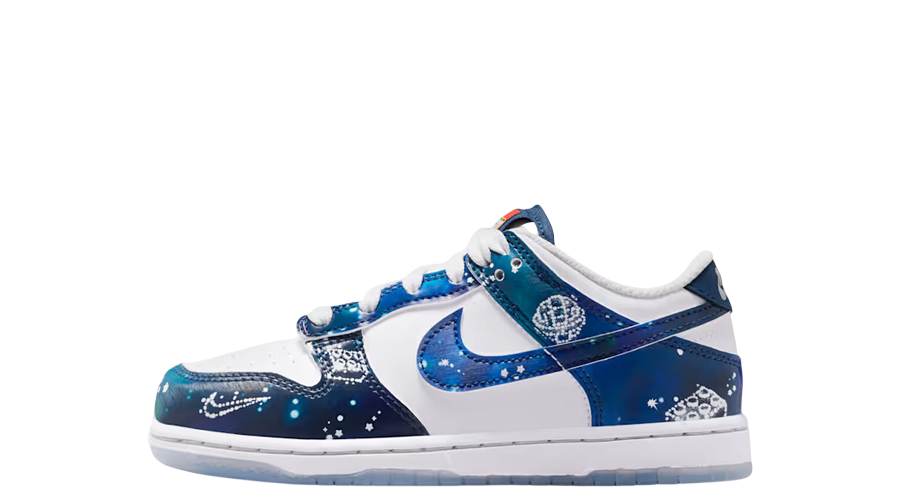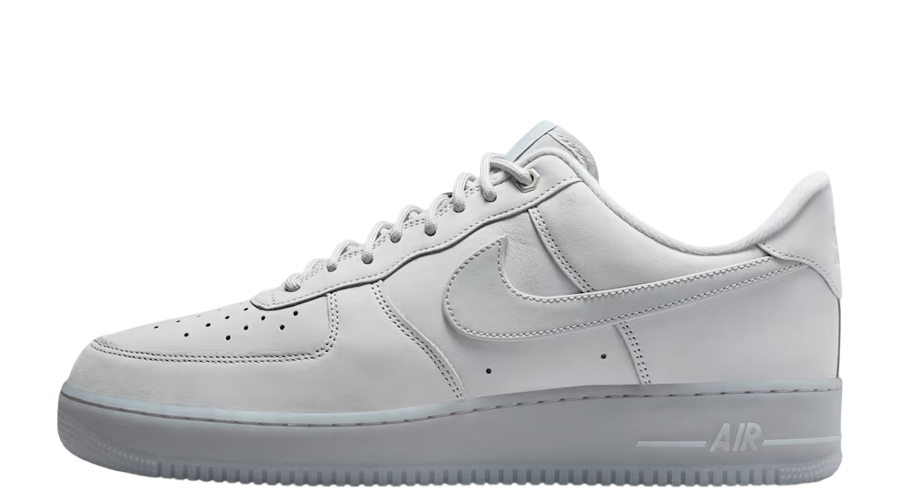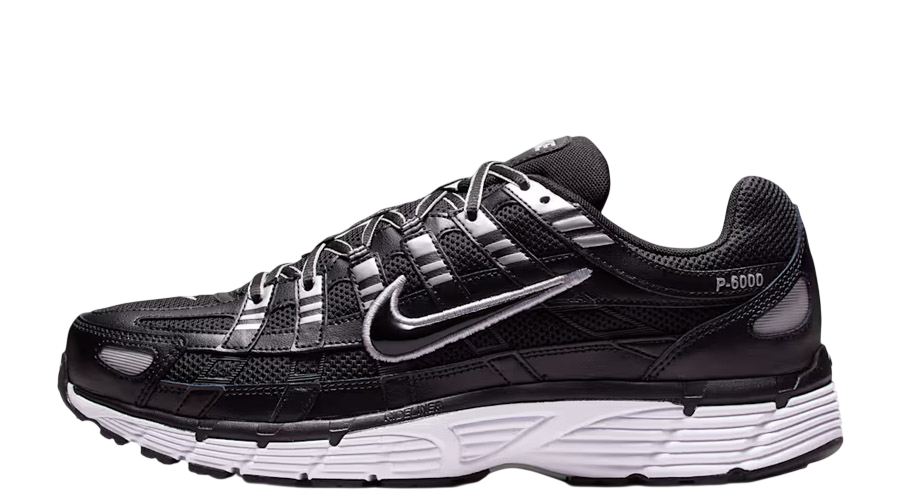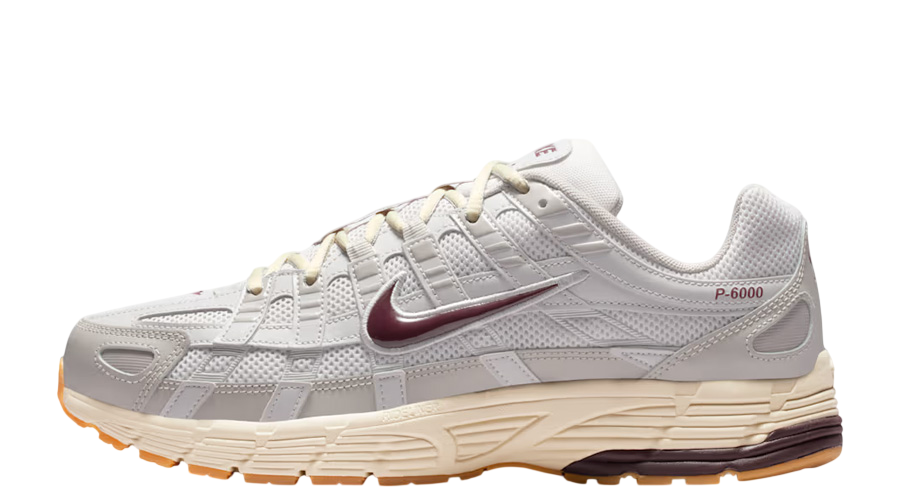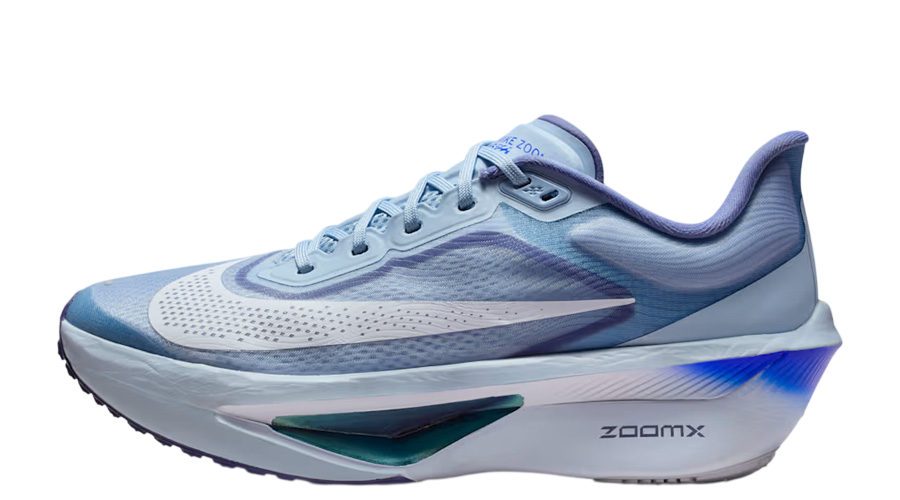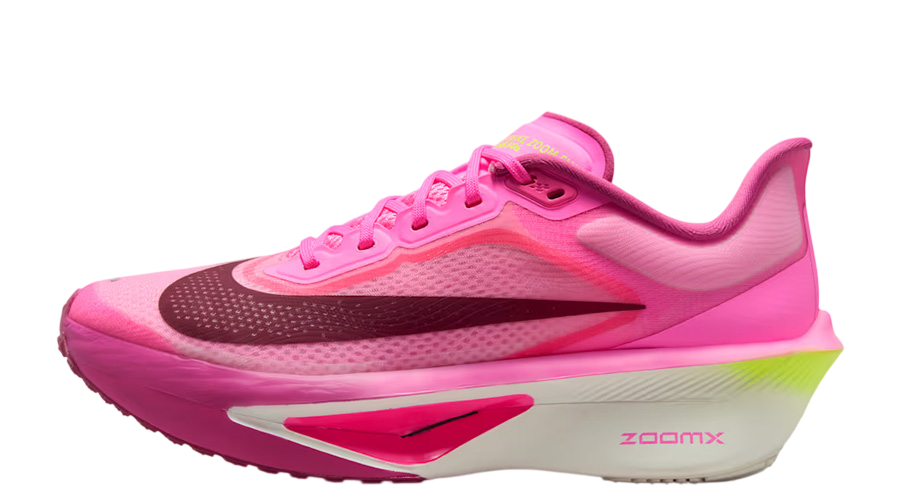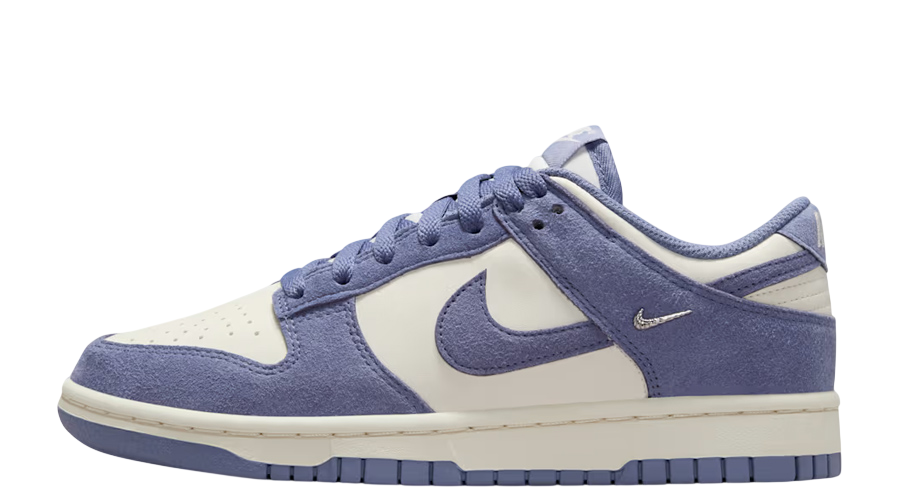Do Some Nike Air Force 1s Come Without a Metal Tag?
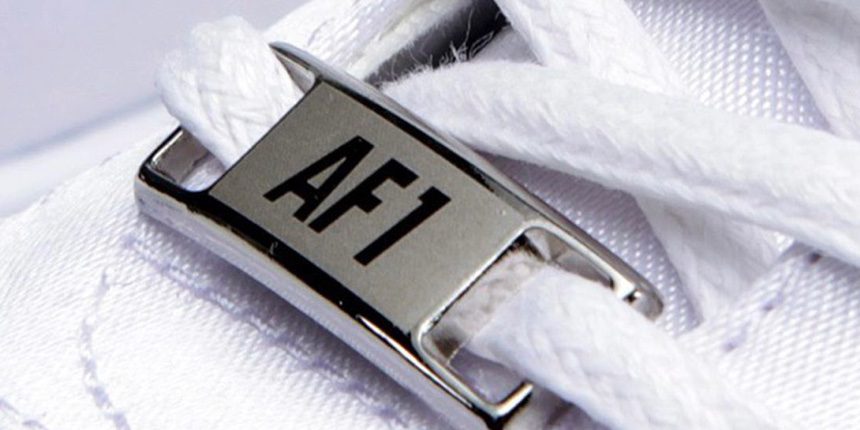
Nike’s Air Force 1 intertwines sports, culture, and fashion. As one of the most recognised and timeless sneaker designs, it frequently finds its place in diverse settings, from streets in Harlem to runways in Milan. But with every model, changes emerge. Among these, one minor detail, the metal tag, has stirred the curiosity of many sneaker enthusiasts. But why is there so much attention surrounding this minor feature?
It is perhaps the allure of details. Details matter, especially in fashion, where a small element can add a unique touch, setting apart the generic from the distinctive. Over the years, the Air Force 1 has witnessed numerous iterations. And with each version, Nike plays with specifics, including the presence or absence of the metal tag.
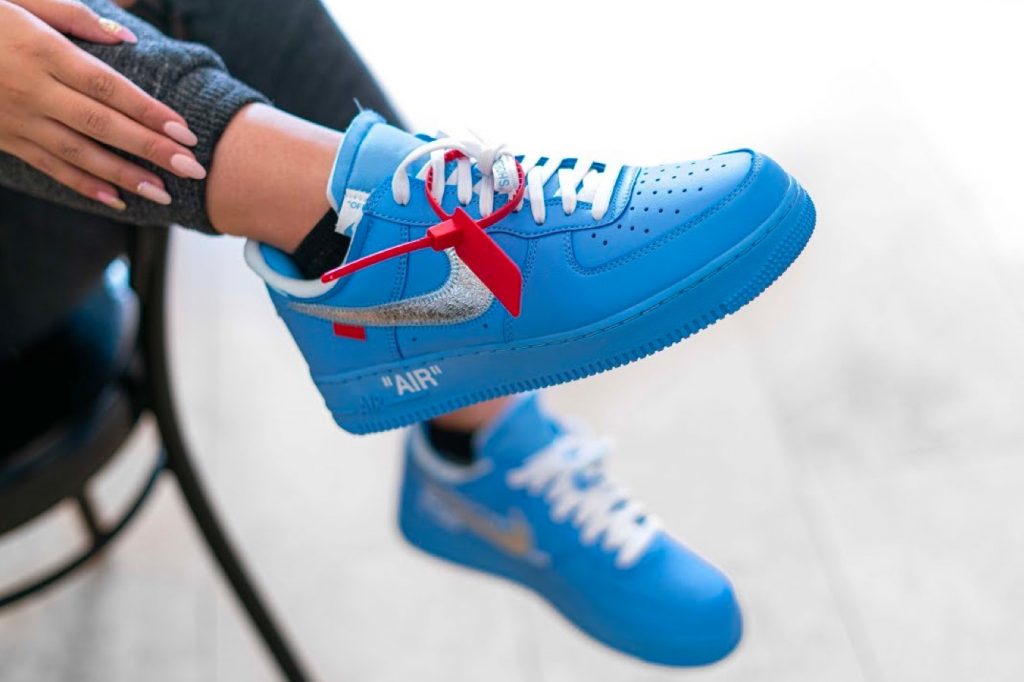
Do All Nike Air Force 1 Have a Metal Tag?
Delving into the Air Force 1 lineage, not every iteration boasts the metal tag. The trainers, with its soaring popularity since its inception, has had versions where the tag was absent. The metal tag, while not universally present, has graced particular releases, acting as an alluring embellishment.
Furthermore, as a fashion-forward brand, Nike frequently tinkers with its designs, balancing nostalgia with innovation. So, while some editions proudly showcase the metal tag, others rely on different design elements to make a statement. If you are an aficionado, and this tag is a significant detail for you, always inspect it closely before buying.
A Dive Into Variations: The Many Faces of the Air Force 1
Over the years, Nike’s genius has given rise to numerous Air Force 1 iterations, each with its distinct personality. From changes in colour schemes, and collaborations with designers and artists, to tweaks in materials – the Air Force 1 is a canvas that constantly evolves.
Monochromatic Magic: An all-black or all-white Air Force 1 presents a sleek, undistracted look. It’s like a blank slate, yet powerful enough to stand on its own.
Collaborative Creations: Collaborations with brands like Off-White, Louis Vuitton, or artists like Travis Scott, have given the sneaker a fresh twist, sometimes introducing elements like patches, unique color splashes, or even new materials.
Material Mix: Over the years, Nike has experimented with different materials, from patent leather, and suede to even denim, providing the AF1 a textured twist.
Among all variations of the Air Force 1, the metal tag is usually seen. However, in special releases like collaborations (with Louis Vuitton, Tiffany & Co., and Off-White) and special editions (AF1 Fresh and AF1 Color of the Month) the tag is noticeably absent, but this does not make these trainers any less valuable than the ones with a metal tag.

What’s the Difference Between the Air Force 1 and Air Force 1 ’07?
Both the Air Force 1 and its rejuvenated counterpart, the Air Force 1 ’07, hold their ground in the sneaker ecosystem. The original, debuting in 1982, was a game-changer in basketball footwear. Its innovative Air technology provided unmatched court comfort.
Fast forward to 2007, the Air Force 1 ’07 was birthed as a tribute to its predecessor. While maintaining the essence of the original, it incorporated subtle design shifts and often utilised modern materials for a more contemporary feel. It wasn’t just a re-release; it was a celebration.
Another distinction is the branding elements and detailing. The tag, which is our focus here, might find its place in one and might be absent in another. However, it’s these very variations that make each pair unique, adding layers to its legacy.
What’s the Best Variation of the Air Force 1?
This question is akin to diving into a deep ocean of preferences, opinions, and memories. Several versions have struck a chord with sneaker lovers. The pristine Air Force 1 Low “Triple White” stands tall as an eternal classic.
Then there was the seismic wave caused by the Off-White collaboration. It dismantled the conventional, reintroducing the AF1 with a deconstructed, raw aesthetic. The Air Force 1 Utility, with its pragmatic approach, seamlessly blends functionality with style.
But what’s the best? It’s not a singular answer. It’s an ensemble of individual experiences, memories tied to a particular pair, or simply one’s preference.
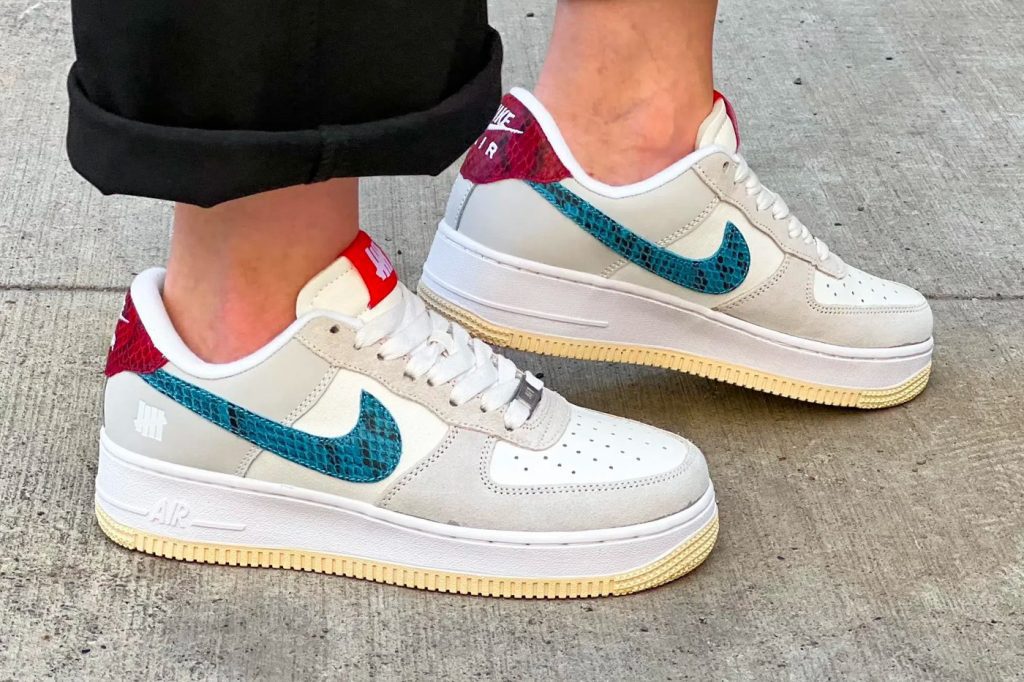
Can I Buy a Metal Tag for My Air Force 1?
For those who feel an incomplete bond with their Air Force 1 due to the absence of the metal tag, there’s hope. Today, with sneaker culture permeating deeper into fashion realms, several accessory providers cater to such niche desires. In fact, Nike itself offers the option to buy the AF1 metal tags with even more colour options to choose from.
Nike, online platforms, boutique sneaker shops, and even some customised jewelry artisans offer AF1 metal tags. Whether it’s coming from Nike or a third party, the choices are expansive.
The Bottom Line
The Nike Air Force 1’s journey is one that the trainer world will never forget. From its primary function as a basketball shoe to its current status as a fashion icon, it’s been a fascinating ride. The metal tag, in this vast narrative, is but a small chapter. Yet, it’s these details that craft stories, foster discussions, and add layers to a product’s legacy.
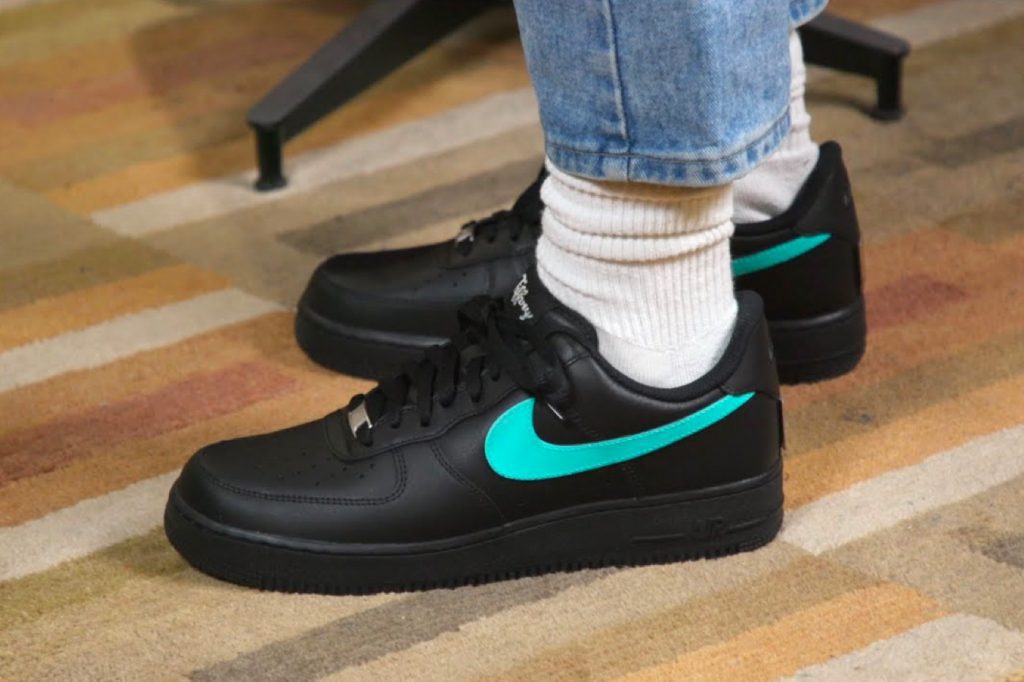
Frequently Asked Questions
When did the Nike Air Force 1 first see the light of day?
1982 was the year when the Nike Air Force 1 was first introduced.
Is the Air pocket a universal feature in all Air Force 1 models?
The Air pocket, providing unparalleled comfort, is a signature element of the Air Force 1 lineage.
What’s the most reliable way to ascertain a quality metal tag purchase online?
Extensive seller research, perusal of customer reviews, and keen inspection of product photos are recommended.
Which famous collaborations have the Nike Air Force 1 witnessed over the years?
The sneaker has seen collaborations with brands like Off-White, Louis Vuitton, Tiffany & Co., and artists like Travis Scott, among others.
How can one ensure their Air Force 1 remains in pristine condition?
Adopt a routine of gentle cleaning, shield them from harsh conditions, and consider using protective sprays.

